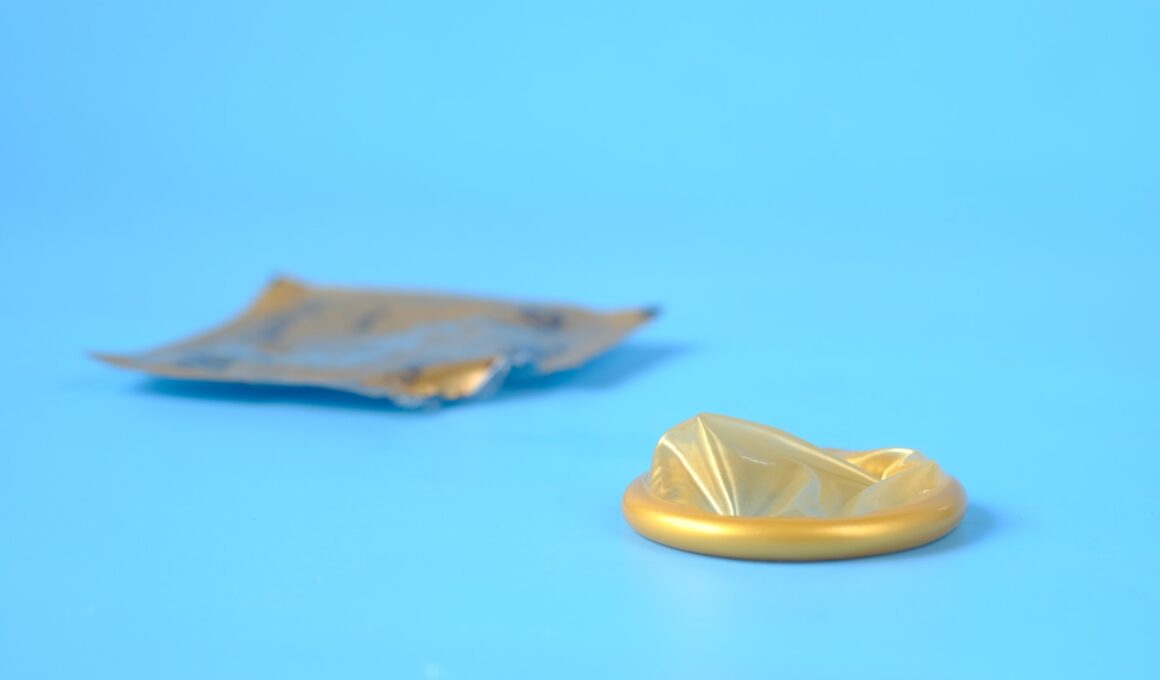Like other STIs, trich can be cured with antibiotics. Your doctor will give you pills to take by mouth — usually metronidazole (Flagyl) or tinidazole (Tindamax).
You should also get your sexual partners treated, even if they don’t have symptoms. An untreated trich infection increases your risk of getting HIV, which can lead to AIDS.
History
Trichomoniasis is a sexually transmitted disease (STD) caused by a tiny parasite that can’t be seen by the naked eye. It spreads from one person to another during unprotected oral, anal, or vaginal sex. It can also be spread by touching your own or a partner’s genitals with dirty hands. Trich can easily be passed during vaginal sex, between women, or from a man to a woman. It’s also common for trich to spread during vulva-to-vulva contact or from sharing sex toys. Trich can cause pelvic infections that may lead to infertility in women and infertility or ejaculation problems in men. If left untreated, trichomoniasis can increase a woman’s risk for HIV infection during pregnancy or childbirth.
Most people with trichomoniasis don’t have any symptoms. But if you have symptoms, they include itching or burning inside your penis, smelly discharge from the urethra or vagina, painful or frequent peeing, or irritation or itching in your vulva or vagina. Trich can live in your body for months or years without causing any symptoms, so it’s important to get tested regularly.
It’s usually easy for a doctor to find trich, even in a man or a woman with no symptoms. Your doctor can test for trich by doing a routine Pap smear or a pelvic exam. Your doctor can also prescribe medicine that kills the parasite that causes trich. This medicine is taken by mouth as pills, tablets, or capsules.
Symptoms
Trichomoniasis is an infection caused by a parasite. It can cause problems in both men and women. It spreads during unprotected sex. This includes oral, anal, and vaginal sex. Condoms do not fully protect against trich because the parasite can infect areas that the condom does not cover. The good news is that trich is one of the most curable STIs. It is also one of the only STIs that do not make you more likely to get HIV.
The symptoms of trich include itchy or frothy discharge and irritation in the genital area. For women, trich can cause vaginitis. This is when the vulva or vagina gets irritated and has a fishy, frothy, or itchy discharge. It can also affect the urethra, which is the tube you use to pee. In some cases, people with trich have no symptoms at all.
A healthcare provider can diagnose trich by doing a physical exam. They can get a sample of the discharge with a swab from your vulva, penis, or urethra. They will then look at the sample under a microscope to see if they can spot the parasite that causes trich. They can also do a culture test that makes it easier to find the parasite by “growing” it in the lab.
Trich is treatable with antibiotic medicine. Your healthcare provider will give you a prescription for metronidazole (Flagyl) or tinidazole (Tindamax). You and your sexual partners must take the medicine. Then you must not have sex for a week to let the medicine clear up the infection.
Treatment
Trichomoniasis is one of the most common and curable STIs. Your doctor will give you antibiotics to cure it, usually metronidazole or tinidazole. You need to take the medicine for seven days. It’s important that your sexual partners get treated, too, or you might pass trichomoniasis back and forth.
Using latex condoms correctly every time you have sex can help prevent trichomoniasis and other STDs. But the parasite can infect areas that aren’t covered by condoms. And even if you use condoms, you can still get and spread trich if you have vaginal, oral or anal sex.
You can’t spread trich by sharing food, drinks or kissing, and you can’t get it by touching your genitals without a condom. But poor hygiene can make it easier to get a genital infection.
Many people with trich don’t have any symptoms. So it’s hard for your healthcare provider to diagnose it just from symptoms. They might need to put a sample of urine or fluid on a slide and view it under a microscope to see the infection. Or they might need to do a test called a culture, which involves storing the sample for several days so the parasite can grow and be seen under a microscope. They might also want to do other tests, like a blood sample or a DNA test.
Prevention
Trichomoniasis is a sexually transmitted disease (STI) caused by a tiny one-celled parasite. It spreads through unprotected vaginal sex or by sharing sex toys. It can’t be passed on through oral or anal sex. Condoms can help prevent trichomoniasis and other STDs. They can also help protect against pregnancy. Make sure to use both male and female condoms every time you have sex. You can find latex, plastic, and lambskin condoms at most drugstores. If you are allergic to latex you can buy condoms made of polyurethane or polyisoprene. You should also talk to your doctor about getting regular STI testing, especially if you have new partners or are in an open relationship. Regular STI screening can help you get treatment as soon as possible and reduce your risk of passing the infection to others.
Practicing safe sex is the best way to prevent trichomoniasis and other sexually transmitted diseases. You should always use a condom when having sex and never share sex toys with anyone. You can also reduce your chances of getting trich by using barrier protection such as a condom and dental dam during intercourse. It is very rare for trichomoniasis to be spread through casual contact like kissing, hugging, holding hands, or sitting on toilet seats. You can’t get trichomoniasis from drinking or sharing food and drinks, and it isn’t spread through casual touching like hand-washing, sneezing, coughing, or kissing.





